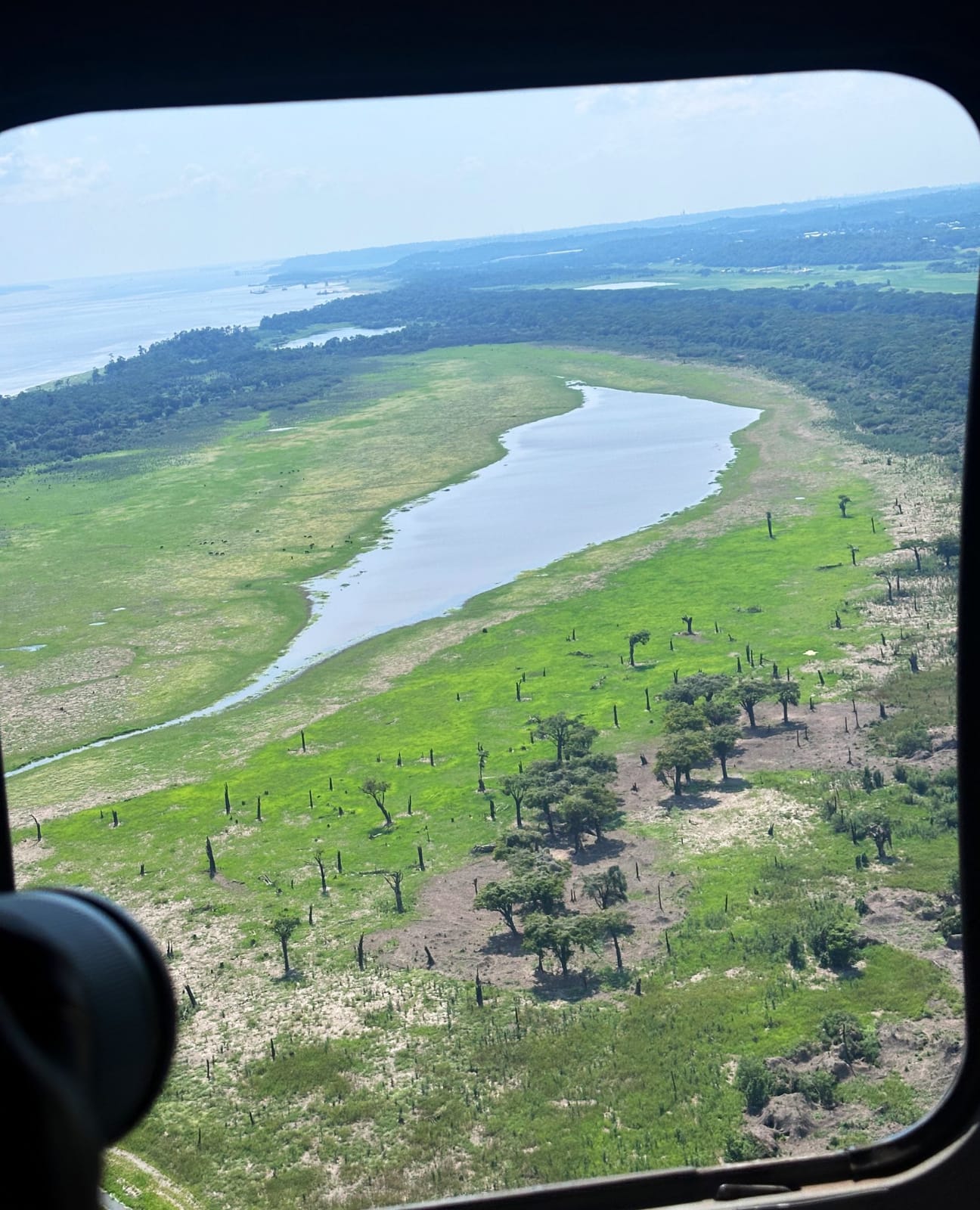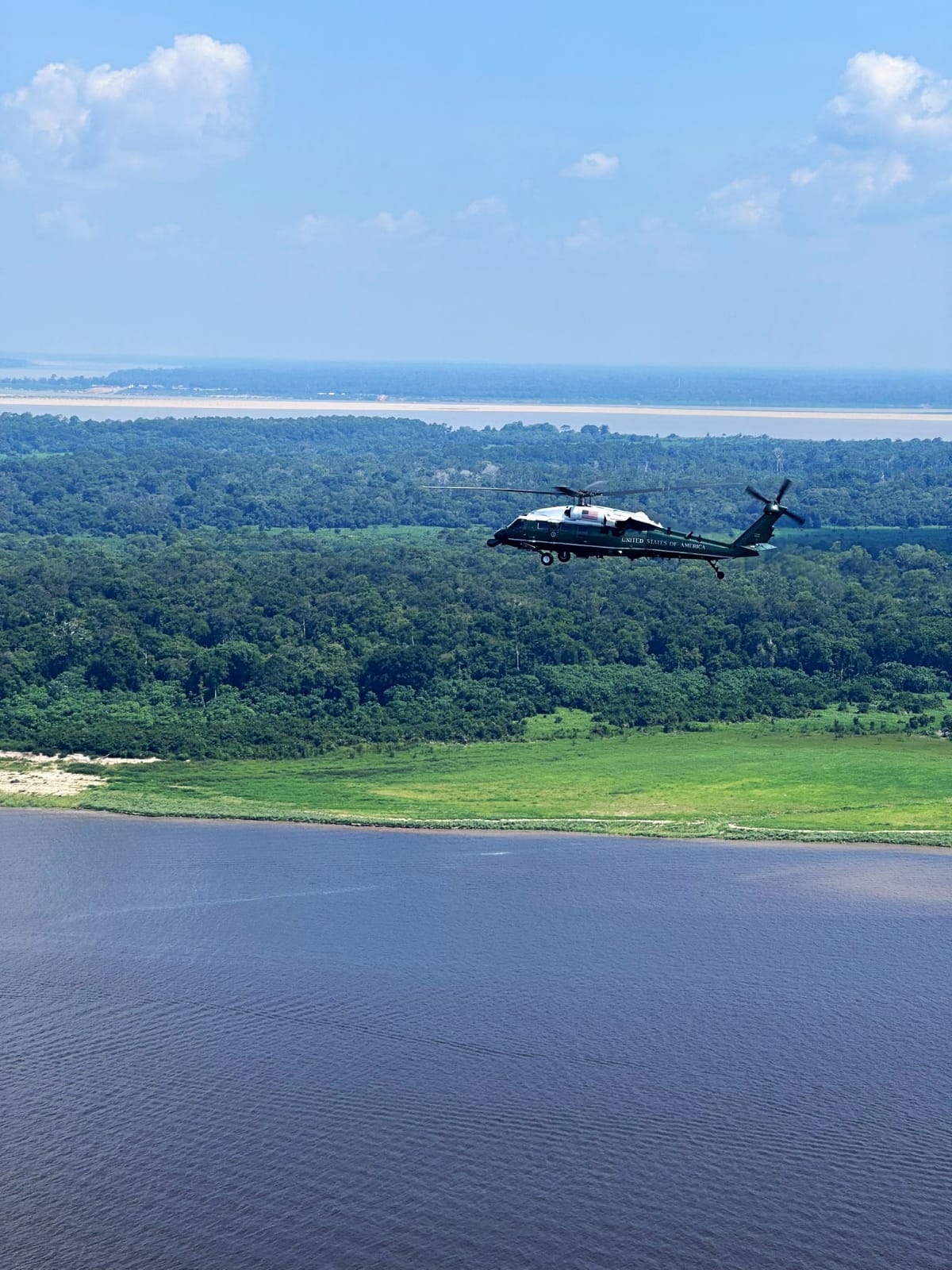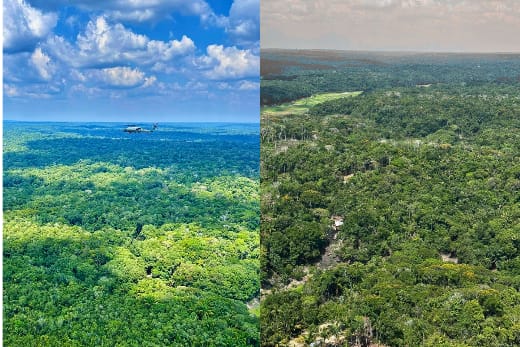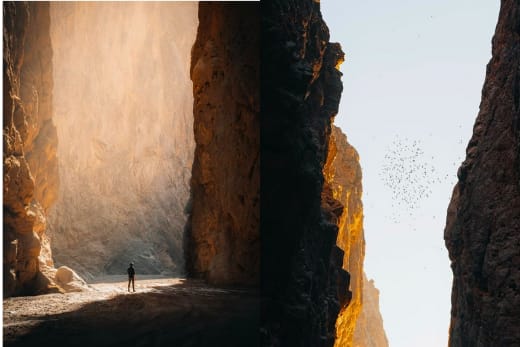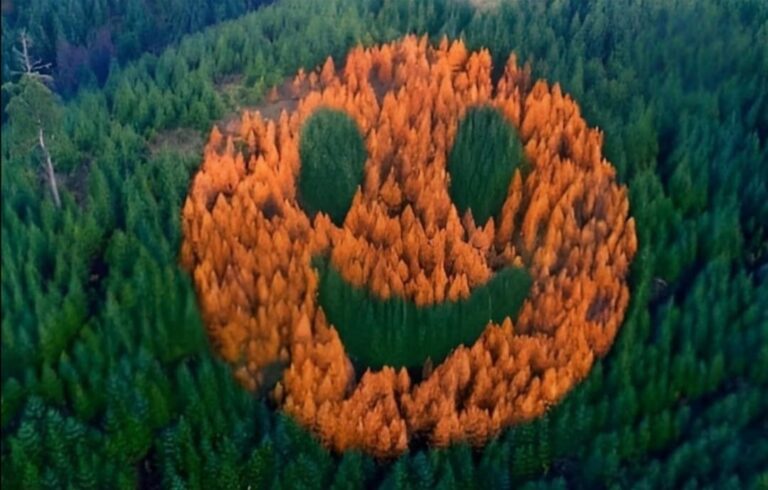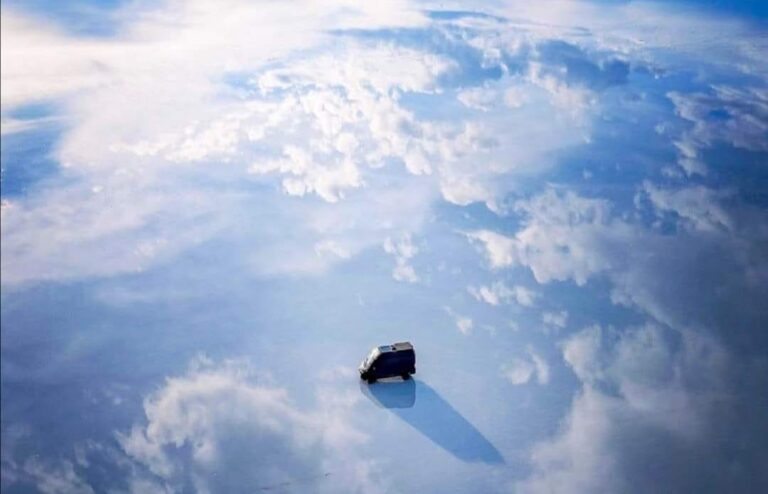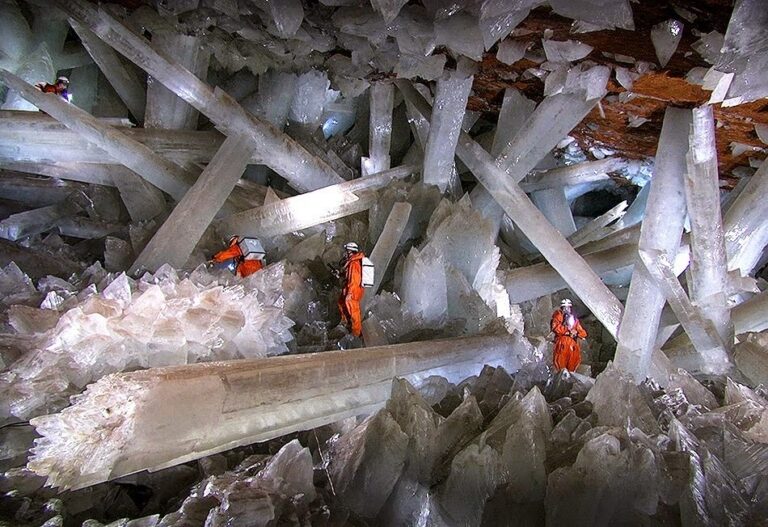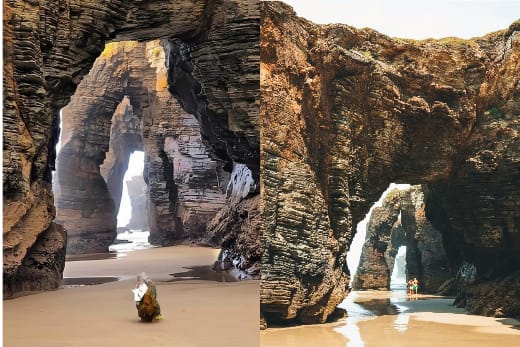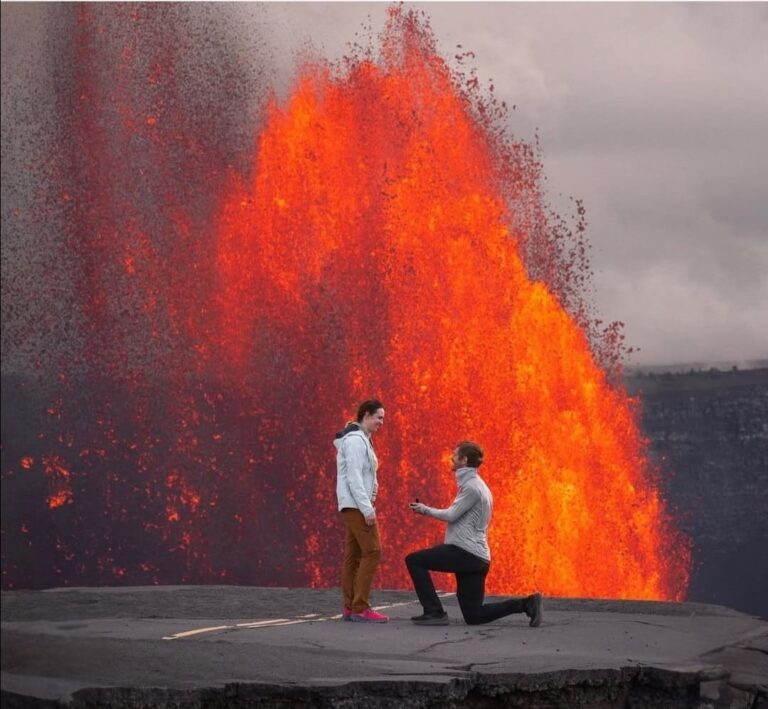The Amazon Rainforest is the largest tropical forest on Earth, stretching across nine countries in South America, with most of it located in Brazil. Covering over 5.5 million square kilometers, it produces about 20% of the world’s oxygen — earning it the name “the lungs of the planet.”
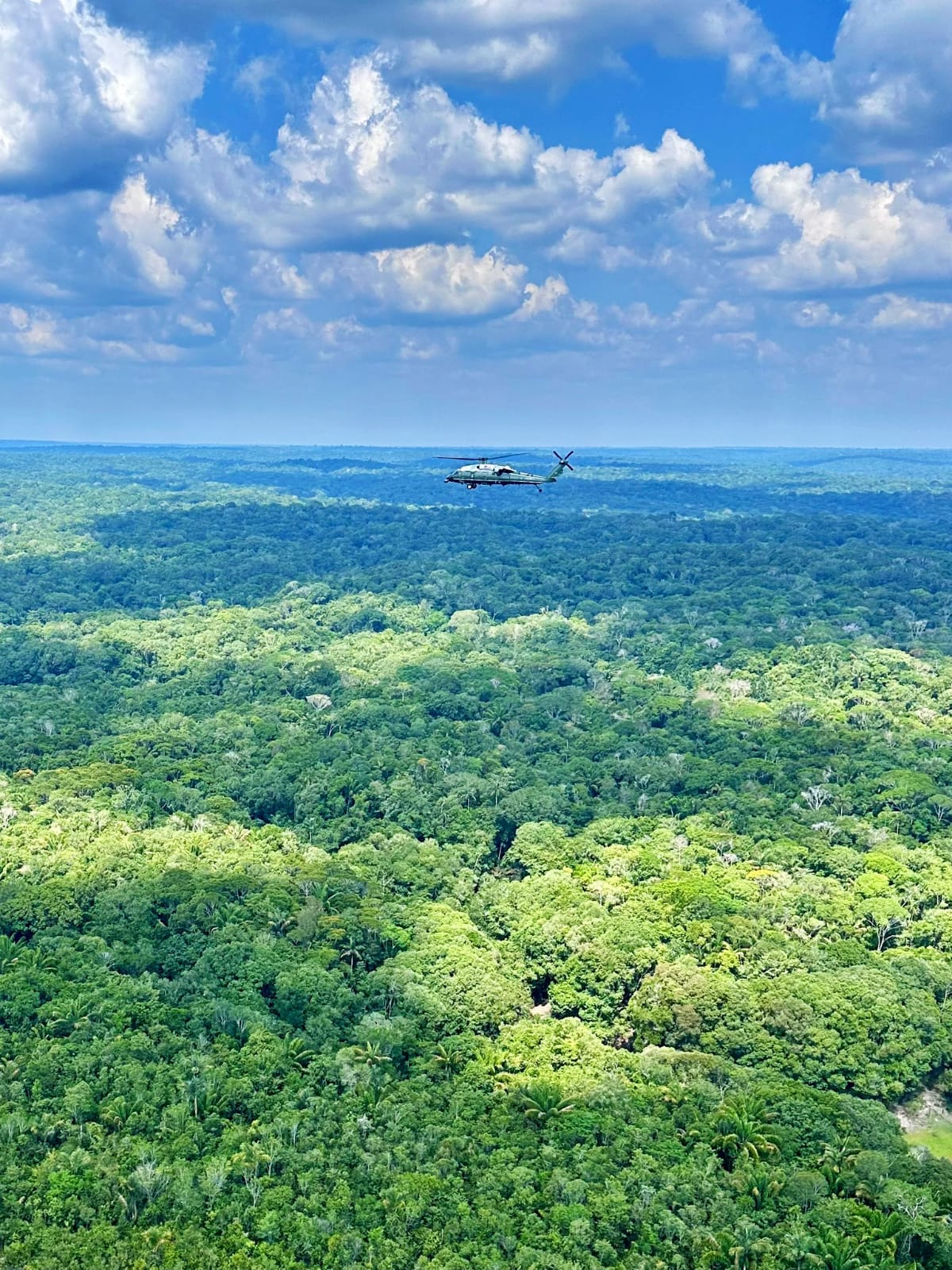
Home to millions of species of plants, animals, and insects, many of which are found nowhere else, the Amazon is a living symbol of nature’s richness. It also shelters hundreds of Indigenous communities whose cultures and traditions are deeply tied to the forest.
The Amazon plays a key role in regulating the Earth’s climate by absorbing carbon dioxide and releasing oxygen. But deforestation, wildfires, and illegal mining threaten its delicate balance. Every tree cut down affects not just the region, but the planet’s climate and biodiversity as a whole.
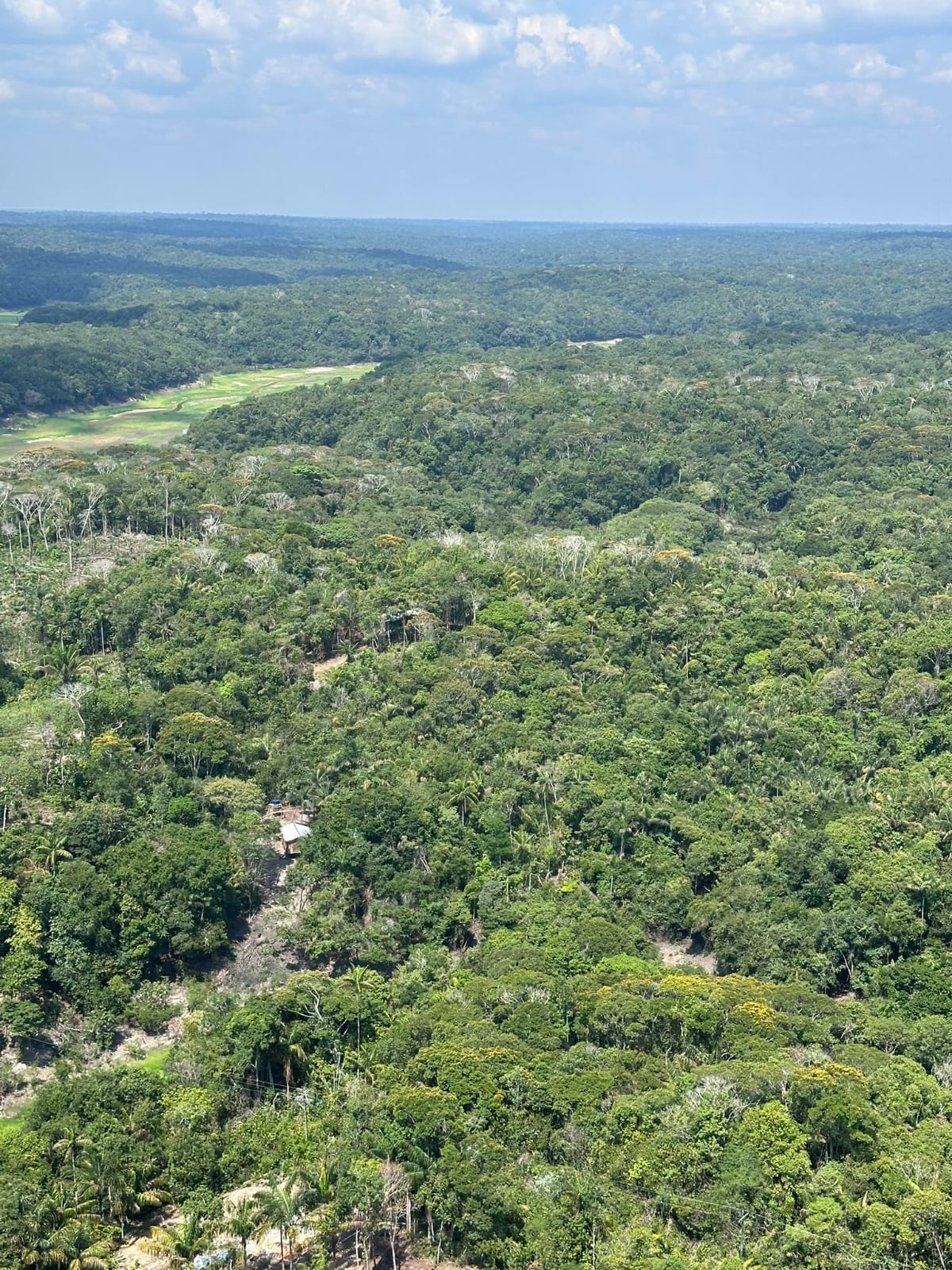
Despite the challenges, conservation efforts continue — from reforestation projects to sustainable farming practices — all aimed at protecting this vast, vital ecosystem for future generations.
